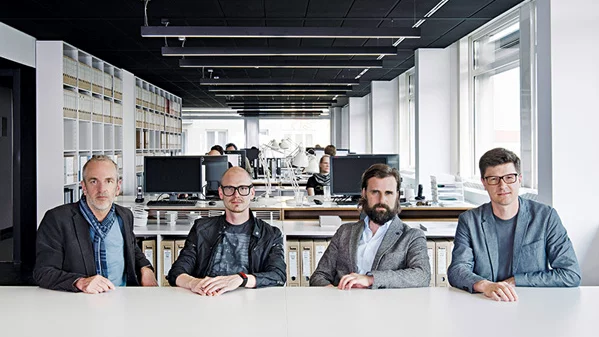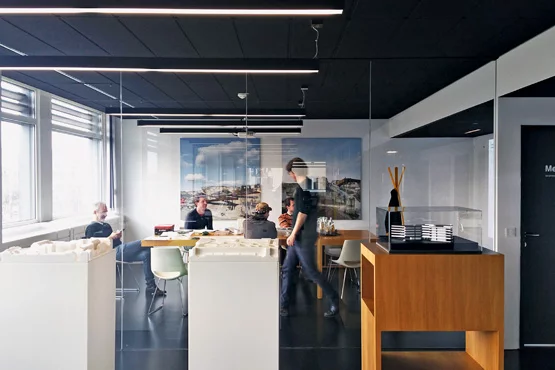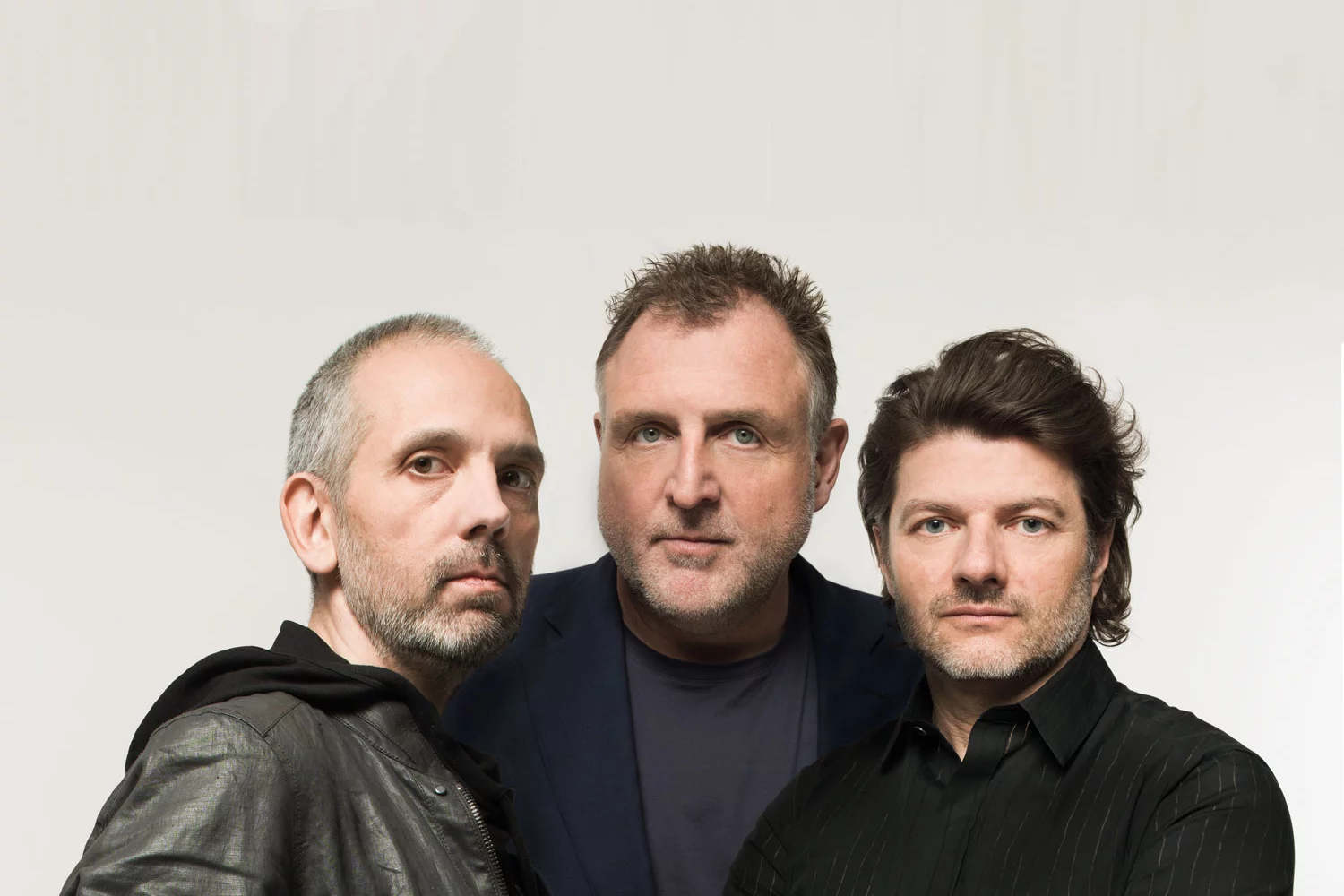"More heads mean more ideas."
Interview with the architectural office AllesWirdGut


Interview with the architectural office AllesWirdGut
Architecture office AllesWird- Gut (in English, all will be well) has been undertaking visionary and creative work since 1997, without losing sight of the necessary pragmatism. The projects developed for Vienna and Munich range from housing and office buildings to the magdas HOTEL, a Caritas social business project. We talked to Herwig Spiegl, who cofounded AllesWirdGut, about visions, work processes and redesigning the skies.
When does Alles Wird Gut (in English, all will be well) find a project to be visionary?
Herwig Spiegl: We find a project visionary when it is possible to stand one’s ground against the argument of “it has always been like that”.
Many of your buildings are built for companies. Does an innovative space promote success?
HS: An innovative space does encourage you to think about things in a different way. It stimulates the senses and the imagination, creating a good basis for success.
Did you always want to create?
HS: I think that everyone wants to achieve something in their life. And some also want to create something. Personally, I always thought that architecture connects technology and art; that is the reason why I chose the path I did.
How important is teamwork to the work process at Alles Wird Gut?
HS: Teamwork is enormously important at our company. One reason for this is that we started out as a team. Right from the beginning, we experienced the advantages of working together and were successful this way. We tried it out on a small scale and now we have a large team with 55 creatives. More heads mean more ideas.
How do you delegate work to different teams, while still retaining creative control?
HS: We always have a few projects for competitions on the go, where we managers are very involved, especially when the DNA of the project is being defined. Later on, the team working on the project plays a much bigger part and we take on a supporting role. But we are always involved in milestones, contact with clients or important decisions and regularly discuss progress with the teams.
How does your vision take shape?
HS: We are strongly influenced by the principle of “form follows function” which has, in the meanwhile, extended to the principle of “form follows energy”, because energy saving models are becoming increasingly important. In practice, design and its development are just as individual as the different teams. We have Friday workshops which provide space to share ideas, for communication and discussion. This is also where the theoretical realisation of our visions happens. The methods we use are diverse, but usually a particular direction crystallises out of models, visualisations, diagrams and discussions, which we then define and pursue together.
Where do you find inspiration?
HS: In this over-stimulated information society that we live in, we are almost constantly surrounded by inspiration. It is about calmly deducing the right information from this abundance of stimulation. Everyone has their own way of finding this calmness. I remove myself from this fast-paced world and connect the inspiration that I have filtered out for myself with remembered desires. This is the way that I usually find a new idea.
How will we live and work in the future?
HS: When trying to predict the future, you always have to consider the past. If we look back 100 years, we can see that everything about the way we live and work has improved. And we can look towards the future with optimism. More than ever before, communication is today the key to success. This will also influence the world of work. Work will also no longer be so strongly connected to a location, something which will also improve our lives. Personally, I am convinced that, in the future, life and work will be better than they are today.
What developments do you expect to see in architecture in the future?
HS: I expect to see an alliance between innovation and tradition. There will be a great deal of innovation, particularly in the fields of material research and building processes. We can already see this trend today, in automatization, prefabrication, 3D printing and so on. However, I also think that we will increasingly go back to older technologies, because they show us many ways to make things simpler again.
At Bene, we are convinced that a well-designed space can have a positive influence on people and therefore contribute to the success of a company. How do you think that work, people and space are connected?
HS: People are always at the centre. Everything else needs to be built and planned around them. And so, as our society changes, work and space need to change with it. Space is the basis of the working world for people and it defines their boundaries. The better you feel in the space, the more you like going there. This means that a well-designed space is essential for good work.
If you could redesign the skies, what would they look like?
HS: To that I can only say that I’m glad that people can’t redesign everything. I like the skies how they are.
Final question: When will all really be well?
HS: At the end. And when all is not well, it is not the end.

WORD RAP
Espresso or Flat White?
Espresso. I don't even know what the other one is.
Movie or series?
Definitely film.
City park or allotment?
City park.
Electric car or Porsche?
Bicycle
Favorite movie?
Half the World by Florian Flicker
Book or newspaper?
Definitely book.
Favorite time of day?
7:30 in the morning.
The most beautiful thing in the office?
I'd have to say the Wuzzel table.
Vienna or Munich?
Vienna.
Black or white?
I really can't decide. Both.


